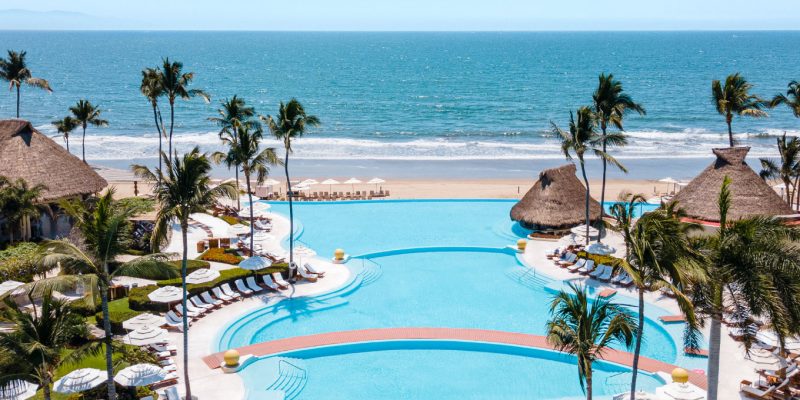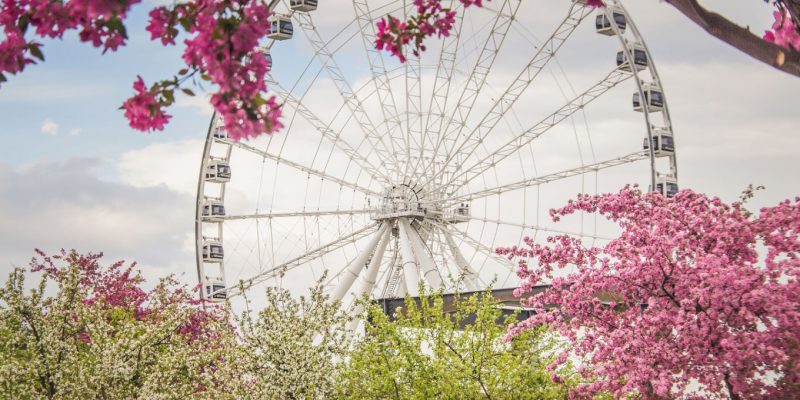Travel
Crafting a future: The best slow fashion finds in South America
We join a four-day South American adventure with Holt Renfrew in search of the best slow-fashion finds.
by : Christina Reynolds- Aug 5th, 2016
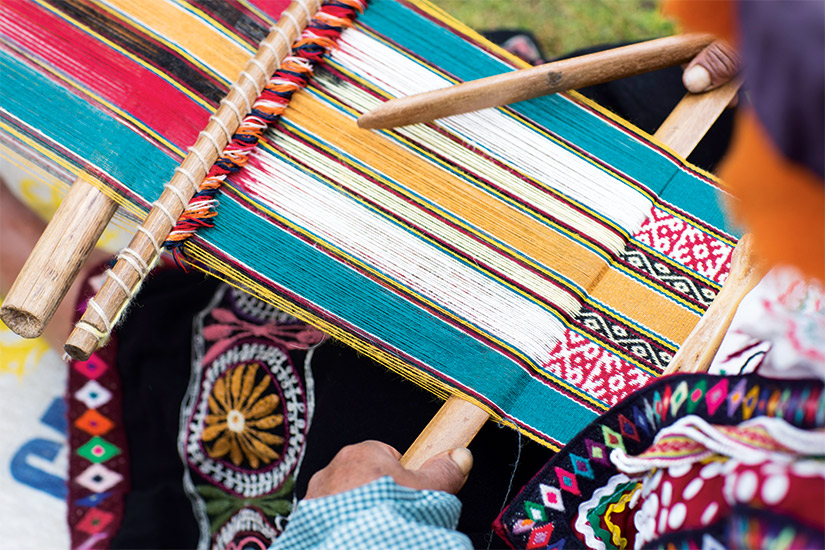
DAY 1: LIMA, PERU
You know a designer has created something special when you’re magnetically drawn to it. You.Must.See.It. You.Must.Touch.It. That’s what happens when we arrive at the Escudo design studio in Lima, Peru. “I don’t know what that is, but I want to put it on my body,” says Alexandra Weston, the director of brand strategy for Holt Renfrew. She then carefully inspects the craftsmanship of the dress, which is made of hundreds of light-grey seed pods strung together with loops of braided grass. “Stunning,” she says. “Just stunning.”
Weston is here to scout socially conscious artisanal goods for Holt Renfrew’s H Project, an in-store specialty shop. She has called her latest passion “Uncrate South America,” and, as with previous projects, which were set in India and Africa, she’s curating products from this part of the world that meet the aesthetic and philosophical goals that she established when she launched the program in 2013.

Designer Giuliana Macchiavello in her Lima studio.
She asks Giuliana Macchiavello, one of the designers behind the three-year-old Peruvian label, for the story behind the dress. “It was handmade by two women from the Amazon,” says Macchiavello, who designs the line with her sister in close collaboration with master weavers, knitters, embroiderers and beaders. “They were so inspired and empowered to see that they can earn money through crafts. This is why we start by looking at what the artisans can do and then design around that. We include them in the whole process.”
Understanding that process is also key for Weston. Before commissioning products, she ensures that she knows exactly who has produced them and where the raw materials come from. She likes what she has learned at Escudo, so several of the brand’s pieces will find their way into H Project shops. “This project is like my third baby,” says Weston, who has two young sons. “We can be so disconnected from our products and our food in North America. This is one way to make a stronger connection and directly support the people making the goods.”

Alexandra Weston (right) checks out the Peru Gift Show.
Our next stop is the Peru Gift Show, one of South America’s largest trade shows; it showcases artisanal goods from across the country. While most of the buying for Uncrate South America was planned prior to the trip, Weston and Laura Shaddick, Holts’ manager of brand and creative strategy, would like to find more jewellery and accessories. We check out everything from Andean opals to organic-alpaca toys to a line of woven bucket bags with leather trim. “We found three strong new possibilities, which is better than a whole bunch of potentials,” says Weston. “Plus, we saw some of the items that we’ve already selected; seeing it all in context confirms they are the right fit.”
DAY 2: CUSCO, PERU

The road and terraced Urubamba mountains above Cusco.
Today, we wake up in Cusco, the former capital of the Incan empire. We drive up above the city into the Urubamba mountains to visit two weaving collectives whose artisans specialize in the traditional process of hand dying and weaving wools. The road is frighteningly narrow — “All we need is an inch,” quips our guide, Francis Casapino. As we pass 3,800 metres, we’re still well below the towering snow-capped peaks of the Andes.

Alexandra Weston meets a llama.
But even on this remote dirt road, we find ourselves faced with a traffic jam: A large pack of llamas, sheep and pigs (including six adorable piglets) is making its way toward us. We get out to take a closer look, and within minutes one of the llamas takes a special interest in Weston, who is wearing an Ulla Johnson sweater embellished with alpaca wool that hangs off the shoulders. “It just wants to meet its cousin,” jokes Shaddick.

Hand-spinning wool.
At our first stop in the village of Patabamba, we quickly get a sense of how physically taxing weaving is. The wool must be harvested and hand-washed and then spun into yarn. The women do this with spindles between their toes while pulling back with their whole body. Then it is painstakingly dyed and spun again before it can be woven into anything. Backstrap looms are popular here, but it can take two women a full day to set up a loom before they can even begin weaving. It can then take months to complete a complicated piece.

Sample bracelets and design notes for the Ulla Johnson x H Project collab.
Next, we drive higher still to the even smaller village of Amaru (population 350) to visit the Amaru Weaving Community collective. These women make woven bracelets, hair ties and bags for New York-based designer Ulla Johnson’s globally inspired line — 30 percent of her collection is produced in Peru. H Project is partnering with Johnson on an exclusive collection of accessories. Weston, along with Heidi Bischoff, a member of Johnson’s design team, is here to review sketches and discuss colourways and styles with the weavers. Bischoff speaks Spanish, but the women doing the weaving only speak Quechua, so it becomes a three-way translation. “What about something like this?” Bischoff asks Weston, pointing to a skinny double-wrap bracelet with a triangle pattern and beads on the edge. “Yes, but not in that colour,” says Weston. “What about pink and purple and then the outside is red or grey? And what will the closure be like?” There is also talk about doing a small pouch bag — like a cellphone sling — but they need to price it out first.

The table is set for a traditional pachamanca meal.
It’s difficult to communicate with the weavers, but later I learn from April Borda — whose company, ITV Peru, manages the day-to-day operations in Peru for Johnson — that they set up the collective several years ago after most of their husbands were killed in a road accident. In addition, they have now started to host small groups of tourists who want to experience a traditional pachamanca meal, a Quechua word that means “earth oven,” of potatoes, corn, pork, beef and guinea pig. Before we leave, we join them for a late lunch in their newly built dining room — balanced on stilts, it offers views of the surrounding quinoa fields. “You never know what to expect when you come to a place like this,” says Weston. “Ulla told me that it was amazing. But the fact that they have this ongoing relationship, and have produced so many products together over the years, makes it more special.”
DAY 3: LA PAZ, BOLIVIA

La Paz’s mountainous terrain.
After a 7:40 a.m. flight, we arrive in La Paz, Bolivia, which, at an altitude of 3,657 metres, is even higher than Cusco’s 3,399 metres. The city looks like it has been carved right into the mountain range. Andrea Lenczner and Christie Smythe, the Toronto-based designers of Smythe, have joined us now, as well as Franceska Earls of Augden, the New York- and Bolivia-based handmade-knitwear company. The two brands have been collaborating for several seasons and are now working on some exclusives for H Project.

Franceska Earls and Alexandra Weston in the Augden showroom in La Paz.
When we arrive at Augden headquarters, two dozen local women are sitting at tables knitting quietly — but at superhuman speeds. Display cases in the showroom are stacked with spools of alpaca wools in a range of colours and textures. Earls started the business in 2010. Her mother, Sonya Zuazo Ratay (who is Bolivian), and her father, Andre Ratay, live in La Paz and co-manage her business. We meet Angela Lerico, one of Augden’s knitters. Through a translator, she tells me how a friend taught her to knit. “When I became a single mother, I needed to find a way to feed my four children,” she says. “I love to knit. It is good work. I can relax my body when my hands stay so occupied.”

Hand-knit alpaca-wool sweaters ($425 for the black and the pink; $495 for the blue ombré) from the Smythe x Augden collection are available at Holt Renfrew’s H Project shops and online at holtrenfrew.com as of September 6.
While we’re chatting, Lenczner, Smythe, Earls and Weston go over the fall Smythe x Augden line, discussing what will be available at H Project — and in Holts’ contemporary department as well. Holts has already put in an order for a large number of the super-soft oversized alpaca sweaters. “Working with Augden has been wonderful,” says Lenczner. “I don’t ever want to stop collaborating.”
DAY 4: UYUNI, BOLIVIA

Isla Incahuasi.
Our showroom and artisan visits now complete, we have time to fly to Uyuni to see the world’s largest salt flat. We’re like a group of schoolchildren when we reach the vast, almost featureless landscape.

Cartwheel time!
“It’s like a beach, but it’s not,” says Weston as she gets in a few cartwheels. Later, we climb Isla Incahuasi, a dormant volcano covered in cacti in the middle of the salt desert. We end our day at a very shallow lake — (it’s just inches deep) to take in the sunset. Rubber boots are a must. The reflection of all the deep pinks and soft blues across the salt water is different with every turn of the head — except for our vehicle, we have unobstructed 360-degree views. We eat charcuterie, toast our adventures and share our insights as we hang around to watch the moonrise. “It’s all so inspiring that it’s out of control,” says Smythe.

The ever-changing sunset on the salt flats.
Weston is particularly taken with a vista of monotone greens against a white-and-pink backdrop. “What an amazing palette,” she says. “Seeing all this, meeting the artisans and seeing the products being made, it just gives you even more confidence that what we have chosen is relevant and will be a good representation of the places and cultures.” Weston notes that, aside from benefiting the artisans, H Project has influenced the relationship that Holt Renfrew has with all of its vendors. “The sustainability elements have trickled down into this bigger corporate-responsibility program,” she explains. “It’s about respecting our environment, inspiring our people, creating positive change and selling products responsibly.”
IF YOU GO: LIMA & CUSCO, PERU

STAY Hotel B in Barranco is Lima’s first boutique hotel (and Relais & Châteaux property). The art-filled 17-room mansion opened in 2013 in a restored heritage home that originally served as a summer retreat in the 1920s.

SURF Pack a wetsuit and hit the beaches right in Lima. Waikiki and Makaha beaches in Miraflores are known to be good spots for beginners (plus, it’s easy to sign up for lessons), while La Herradura, in Chorrillos, is best for those who are more advanced.

EXPLORE Go beyond Machu Picchu. Yes, it’s amazing — but so is exploring the traditional villages high above Cusco. Head to Amaru, where you can learn weaving techniques and buy woven bracelets from the artisans. Plus, you can arrange to stay for lunch and try a traditional pachamanca meal that has been cooked in a pit. Book through Peru Adventures in Paradise.
IF YOU GO: LA PAZ & UYUNI, BOLIVIA

EAT The restaurant of the moment with ties to Noma founder Claus Meyer is not in Denmark but La Paz. Meyer opened Gustu, which is “flavour” in Quechua, in 2013 as a social enterprise to elevate the country’s culinary scene and train a new generation of chefs. Chef Kamilla Seidler is at the helm now, and she’s taking local ingredients like amaranth and purple corn to a new level.

EXPLORE You’ll feel like you are walking through canyons in a lunar landscape at Valle de la Luna, just outside of La Paz. Go at sunset, if you can, to see the surrounding mountains turn a deep red. If you see anything moving in the valley, know that you’ve likely spotted a fluffy viscacha, a chinchilla that looks more like a rabbit with a fox tail. It’s the only animal that lives in the area.

RIDE La Paz is the highest capital city in the world. Its mountainous setting makes it impossible to build a subway (and public buses are unreliable), so the best way to criss-cross the city is via tram. Go for a ride and take in the view — you’ll get a sense of what it might be like to commute to work in a gondola.

SAFARI Check in to the Hotel de Sal Luna Salada. Constructed entirely of salt blocks, the property sits on the edge of the 10,500-square-kilometre Uyuni salt flat. Opt for a multi-day salt safari that will take you to Incahuasi (the cactus island) and to see flamingos, red and green lagoons, volcanoes and even a 1940s-era train graveyard.
Newsletter
Join our mailing list for the latest and biggest in fashion trends, beauty, culture and celebrity.
Read Next
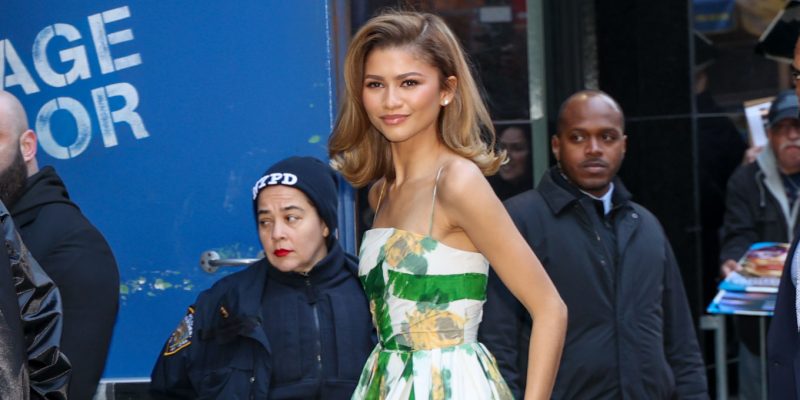
Fashion
Zendaya Welcomes Spring in a Retro Floral and Tulle Dress
Another day, another preppy tennis-core look.
by : Briannah Rivera- Apr 23rd, 2024

Culture
A Joe Alwyn Source Explains Why He Didn’t Want to Talk About Dating Taylor Swift
Following the release of The Tortured Poets Department, new insight about the British actor’s decision emerges.
by : Alyssa Bailey- Apr 23rd, 2024
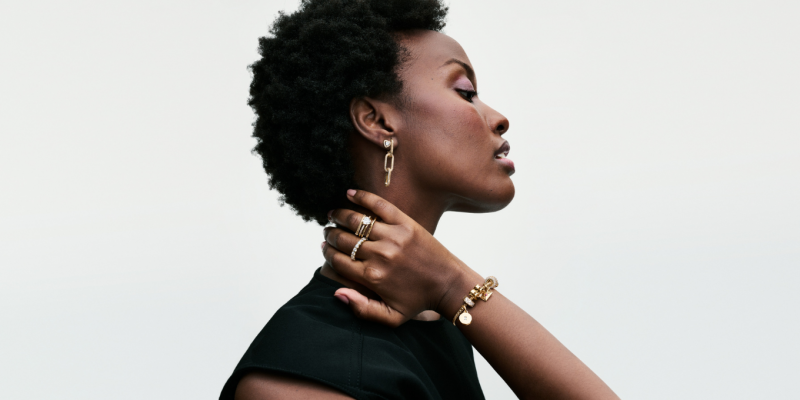
Fashion
This Jewellery Brand Has a Whole New Look And It’s Everything
Here are the seven pieces we’re coveting.
by : ELLE Canada- Apr 10th, 2024


